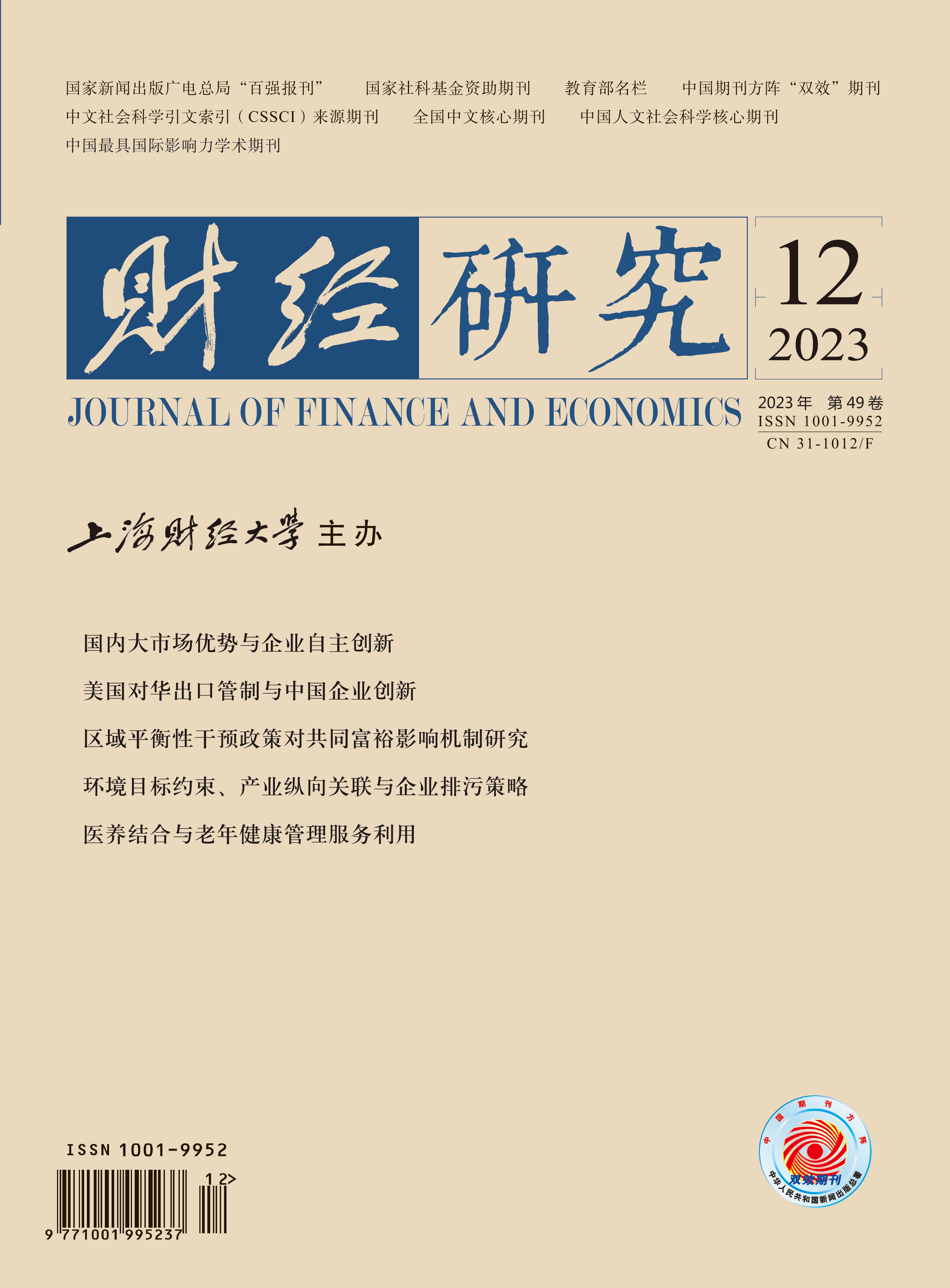Cross-regional capital flows are an important support for building a unified domestic market, and also an effective way to address the insufficient and unbalanced development of China’s regional economy. However, due to various limitations, cross-regional capital flows face serious obstacles. The digital economy has the effect of strengthening market functions in improving information communication efficiency and optimizing firm production layout. Therefore, it is of great practical significance to shed light on the impact and mechanism of firm digitalization on cross-regional capital flows, and it is also an important path to explore the construction of a unified national market.
Based on the data of China’s listed companies from 2007 to 2019, this paper uses annual report texts and digital capital investment to measure the level of firm digitalization, and analyzes the impact and mechanism of firm digitalization on cross-regional capital flows. The study finds that firm digitalization significantly promotes the establishment of cross-regional subsidiaries, which accelerates capital flows. The promotion effect of digitalization on capital flows is more significant in private firms, process manufacturing, productive services, and highly competitive industries. At the same time, when the parent and subsidiary companies are located within the same urban agglomeration or in larger cities, this promotion effect will also be stronger. Mechanism analysis finds that firm digitalization mainly reduces transaction costs, optimizes internal organization, improves production and operation efficiency, and promotes cross-regional capital flows. Further analysis reveals that firm digitalization does not have a significant crowding-out effect on local investment, and cross-regional investment increases the profits of the parent company, but the synergistic effect between subsidiaries still needs to be strengthened.
The marginal contributions of this paper are as follows: First, from the unique perspective of firm digitalization, it finds that firm digitalization can promote cross-regional capital flows through two mechanisms: saving transaction costs and optimizing internal organization, which provides new ideas for promoting the construction of a unified national market. Second, it finds that firm digitalization has a stronger promotion effect on cross-regional capital flows in larger cities, and the diffusion effect is greater than the siphon effect, which provides a reference for solving the “Lucas paradox” and also provides a new path for optimizing spatial capital allocation. Third, it finds that cross-regional capital flows have significant positive externalities for both cities and group companies, which provides micro evidence for building a new type of win-win and competitive relationship between local governments, increasing local government exchanges and cooperation, and promoting regional integration development.





 4281
4281  4313
4313

